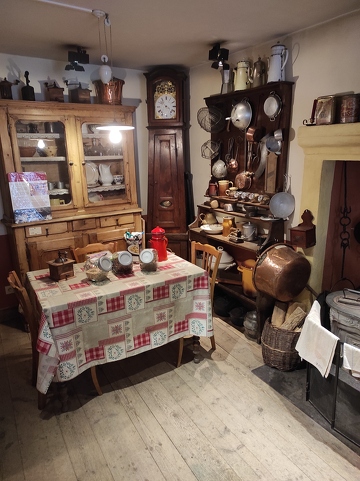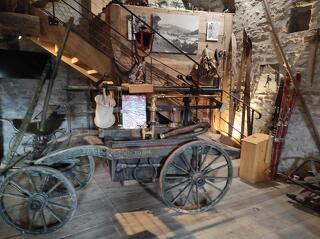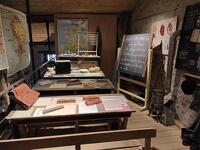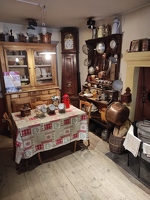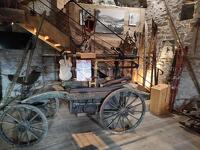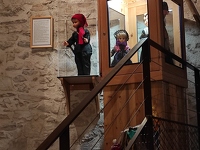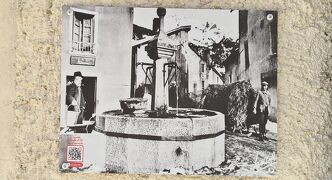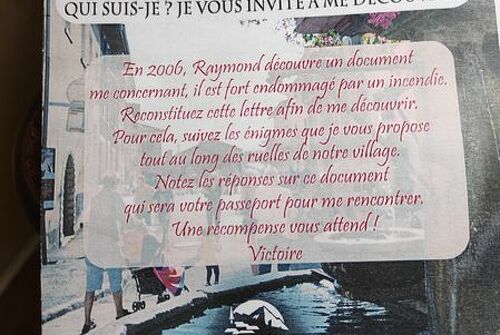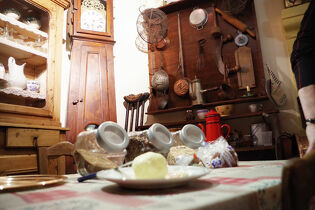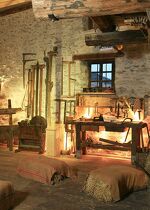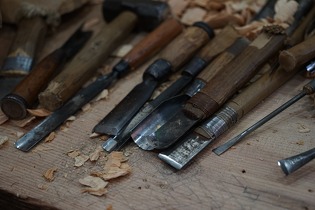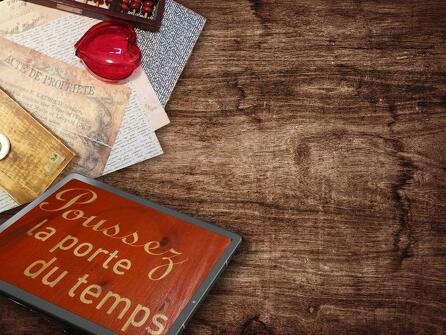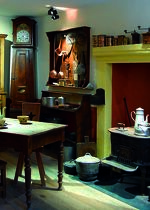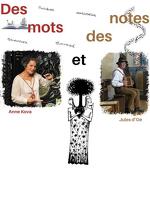 Back
guided_tour
Back
guided_tour
L'Arche d'Oé, heritage center
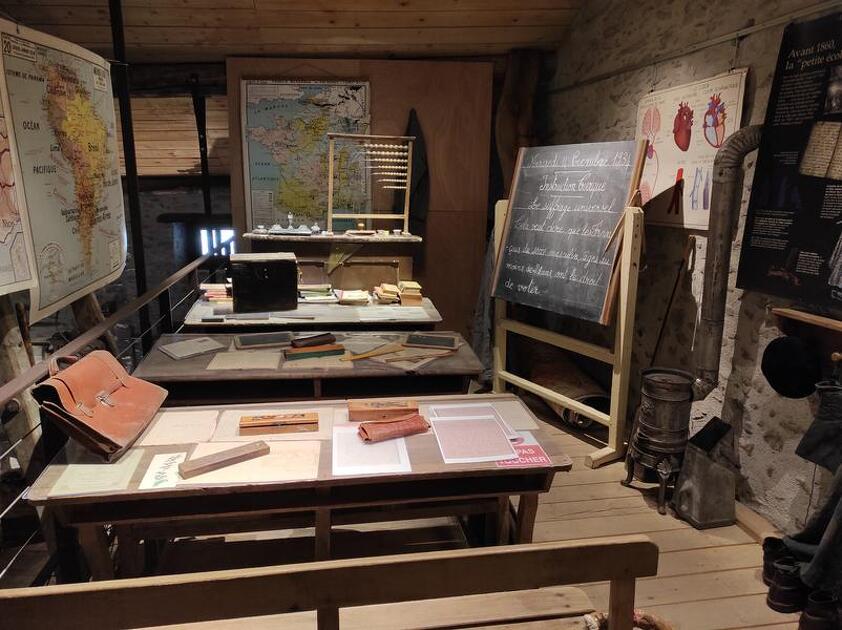
A traditional house, one of the oldest in the village, which used to house men and animals. Through the testimonies of the inhabitants, discover the life of the mountain community from its agro-pastoral origins to its tourist activity.
Description
Famille Plus Montagne" label.
"L'Arche d'Oé" ("Oé" means Aussois in local dialect) recounts the history of the village through the written and oral testimonies of its inhabitants.
Each room in the house has been restored to its original function and layout.
Today, Aussoyens and Aussoyennes invite you to come and discover, alone, with family or friends, the life of their mountain community, from its agro-pastoral origins to its current tourist activity.
Children's play areas have been set aside for them to discover during their visit.
Each week, during the winter and summer tourist seasons, one or more activities are offered during the day or evening: guided tours, butter-making, discovery workshops, snacks, storytelling evenings, etc.
Additional welcome
45 people maximum, divided into 2 groups.
Services
-
Pets welcome
-
Guided individual tours
-
Guided group tours
-
Educational visits
-
Themed tour
-
Shop
-
Permanent entertainments organiser
-
Tourist brochures
-
Tourist information
-
Booking of general amenities
-
Guided tours
-
Unguided individual tours
Environments
-
Mountain location
-
Resort center
-
Ski resort
Rates
From 15/06 to 12/09/2025
Adult: €4.50
Child (6-12 years): 3.20 €.
From 15/09 to 26/09/2025.
From 19/10 to 07/11/2025.
From 13/12/2025 to 10/04/2026.
Free entry for children under 6.
Payment methods
-
Bank/credit card
-
Check
-
Cash
Opening period
From 15/06 to 12/09/2025 on Monday, Tuesday, Wednesday, Thursday, Friday and Sunday between 3 pm and 7 pm.
Closes at 18:00 on Wednesdays and Sundays.
Open Tuesday and Thursday mornings from 9:30 to 12:00.
From 15/09 to 26/09/2025 on Tuesday and Thursday between 3 pm and 6 pm.
From 19/10 to 07/11/2025 on Tuesday and Thursday between 3 pm and 6 pm.
From 13/12/2025 to 10/04/2026 on Monday, Tuesday, Thursday and Friday between 3 pm and 7 pm. On Wednesday and Sunday between 3 pm and 6 pm.
Spoken languages
-
English
-
French
-
Italian
Adapted tourism
-
Not accessible in a wheelchair
Location
Animals
Pets allowed : Yes
Pets allowed with supplement: No
Pets kept on a leash.
Host portrait
-
Push the door of time and discover the life of a mountain village in the 18th century. This traditional house is the ideal place to understand the identity of Oé (Aussois in patois).
